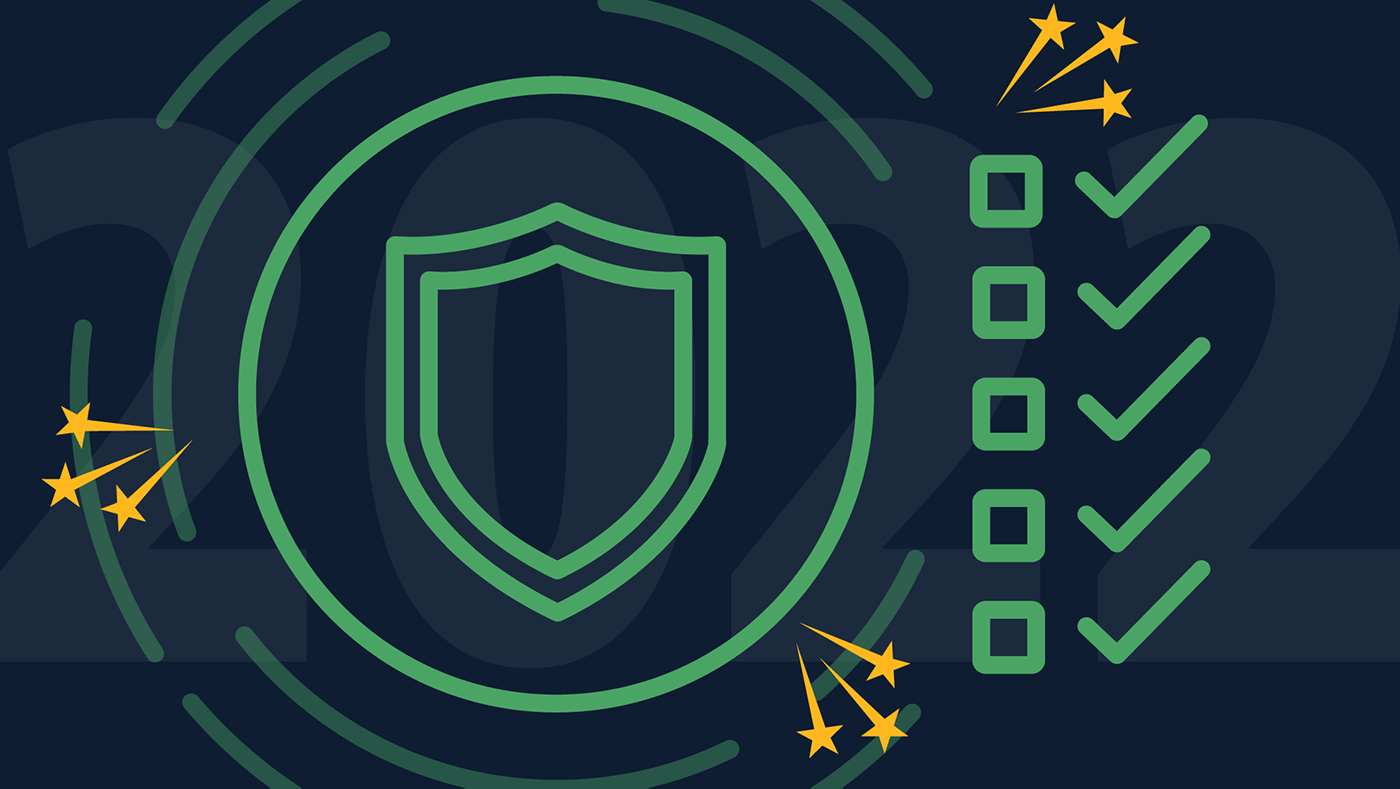Appears In
With the holiday season coming to a close and a new year ready to begin, it’s the perfect time for resolutions. You may be planning to eat healthier, read more, or spend more time with your family. But there’s one resolution that should be at the top of everyone’s list — improving your cybersecurity posture.
The Office of Information and Technology is committed to protecting Department of Veterans Affairs and Veteran data and combating growing cybersecurity threats through the management of VA’s Enterprise Cybersecurity Program, and the Cyber Crime Support Network; the latter is available specifically to Veterans and stakeholders as a resource recognizing, reporting and recovering from data or privacy breaches. Follow these tips to ensure your safety both on and offline.
Manage Your Passwords
Your best bet for keeping your accounts secure are long, complex, and unique passwords. Never use the same password for multiple accounts. When it comes to storing those passwords, put down the sticky notes and notebooks! Use a password manager, or an encrypted digital vault, to securely store your login information for your mobile phone, websites, and more. Some password managers also have password generators to help you create a new password for any new account.
For an extra layer of protection, enable multi-factor authentication when available. After entering your password, multi-factor authentication requires you to enter a code sent to your email or mobile phone to confirm your identity.
Keep Track of Your Devices
It’s tempting to set your phone or laptop down in a coffee shop or library and walk away for a moment or two but leaving a device unattended for any length of time poses a risk of theft or damage. If you keep any sensitive information on an external storage device, keep it locked up as well.
Be Wary of Suspicious Attachments and Links
Have you seen an email with an offer that sounds too good to be true? Or a text message with a link that looks a little off? Chances are it’s a phishing attack! Phishing attacks use a variety of methods — like email, phone calls, texts, or websites — but have common goals: tricking you into divulging your sensitive information or deploying malicious software.
Check the security of any website link listed in the email or text and pay close attention to the website’s URL. Incorrect spellings or different domain names can indicate a malicious site. If you happen to fall victim to a phishing attack, consider reporting it to your local police department, file a report with the Federal Trade Commission or Internet Crime Complaint Center, and watch for any unauthorized charges to any financial accounts.
Make it a Family Affair
Cybersecurity resolutions aren’t just for adults! Encourage your kids to learn about cybersecurity best practices and leverage parental controls on laptops, smartphones, tablets, and gaming systems when necessary.
Following these simple tips can help you protect your and your family’s valuable data as well as that of businesses. Our Privacy Best Practices video will set you on a safe cybersecurity path in 2022 — and beyond.








